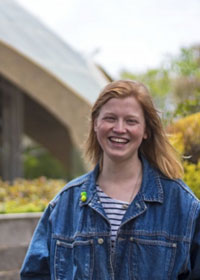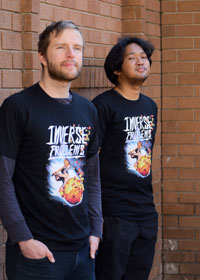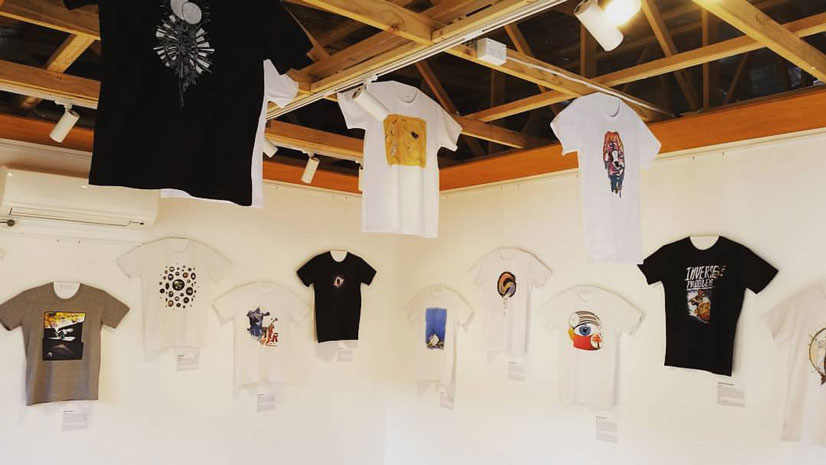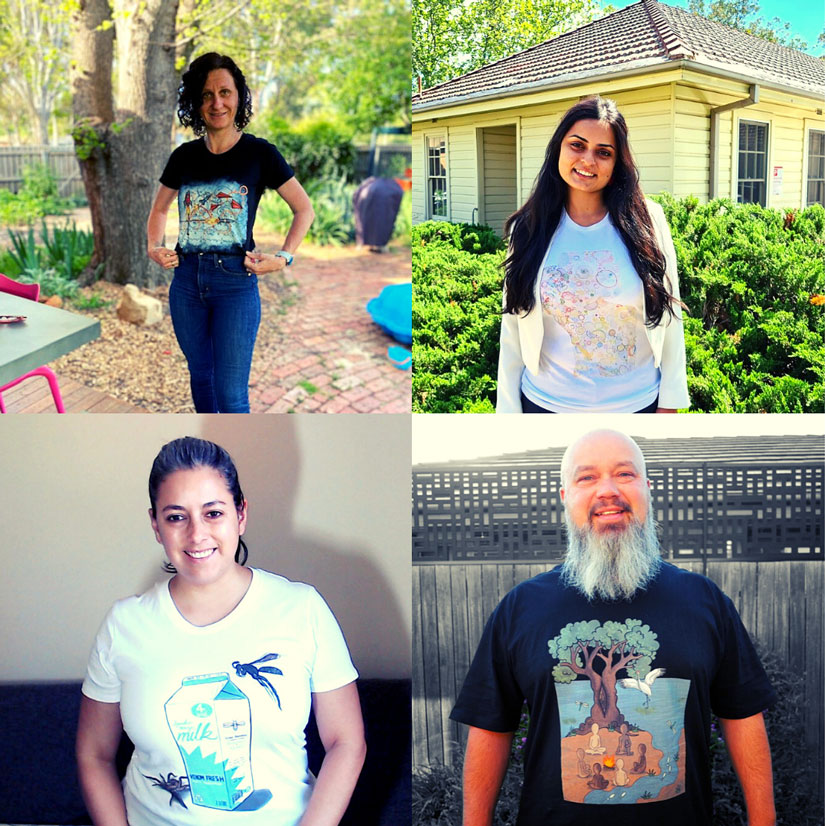
(she/her), Wurundjeri Country
Twitter: @madi_hartilllaw
Close your eyes. Picture a scientist. Did you picture a man?
No judgement! Be honest.
We are dealing with innate biases here. My career is built on advocating for gender equality in science and if caught off guard I will picture Einstein-Darwin-Newton-like characters.
Historically, science was led and conducted by men. The Royal Society of London was founded in 1660 and is one of the oldest scientific institutions in the world. It elects fellows each year based on their scientific achievements. The first woman was elected in 1945. Regularly during my work at the Australian Academy of Science I would work with women who were firsts. One such woman was Professor Halina Rubinsztein-Dunlop, the first woman professor of physics in Australia – in 2000! I find it mind boggling that when I was seven, learning the power of gravity by falling off monkey bars, that only then was the first woman reaching the highest ranks of that very field.

In 2012, researchers at Yale University looked at biases in science. They took 127 faculty members and gave them CVs of students for a potential lab manager role. Now the only thing different about these CVs was the name on the top. The researchers found that the male students were ranked higher for competence and hireability and offered higher salaries than the exact same application with a woman’s name on top. What is incredibly important to note when we think about biases is that there was no impact on the gender of the selector. Women were themselves discriminating against other women.
I used to think that I hadn’t been impacted by gender biases, but when your day job has you thinking about them constantly you start to connect the dots. In high school I was pretty smart, and wanted to go to university, but no one else in my family had done so. In high school I also watched a lot of Grey’s Anatomy, so I thought I should probably be a doctor. When I got to university and started a Bachelor of Medical Science, I realised there were a plethora of amazing career options available, such as engineering. Except that my mathematics tutor was a guy that only wore flip flops and shorts (even in winter) and my physics class had 12 guys named Andrew. Safe to say, I didn’t transfer to an engineering degree. These experiences were subtle, but they definitely impacted my decisions. It also makes me reflect that this was my experience as a straight, white woman. What experiences and opportunities have others missed out on because they didn’t see people similar to themselves or didn’t feel like they could safely express their identity?
How do we combat these biases? How do we move forward? Evidence says, simply*, ‘you can’t be what you can’t see’.
In 2019 while working at the Academy, I helped create STEM Women – an online database of women in STEM. This database now contains over 3000 individuals who identify as women, and has been used by teachers to find experts to talk to their class, by media to get insights for articles, and by organisations looking for people to talk at events. In today’s day and age, with resources like STEM Women, LinkedIn and Twitter, we really have no excuse to be seeing ‘manels’ at conferences or events (but we do), or an absence of women experts interviewed in the nightly news. We are just giving in to our biases and taking the easy route. I encourage you to reflect on your activities – is there a change you can make to ensure you are amplifying and supporting the voices of minority groups around you?

I made such changes. I am the founder of Shirty Science, a social enterprise that uses cross-disciplinary collaboration to create awesome (if we do say so ourselves) science shirts that spark conversation about the amazing research going on around us. It began as a humble mission to rid the world of pun-filled science shirts but as I learnt more about the disparities in the science sector I realised I had a powerful platform to disrupt the ‘dude in a lab coat’ scientist stereotype. In first renditions of Shirty Science, I didn’t think much about whose research was on the shirts, I was just hoping that anyone would say yes to my ridiculous idea – making scientists and artists speed date, pair up and create a shirt design about science. Now six years down the track, I have worked with over 60 scientists and 60 artists, sold more than 800 shirts across the world and collaborated with universities, research institutes, schools and nonprofits to adapt the process for them. People are pretty on board with the idea.
I now have the capacity to think about ‘who’ Shirty Science scientists are and how their visibility is impacting current and future people in science. In 2020, I worked with Associate Professor Brad Moggridge, a proud Murri man from the Kamilaroi Nation, helping him create a shirt with Juanita Watters that showcased his research demonstrating credible evidence of the value of water for Australia’s First Peoples. Dr Tas Memon’s research is supporting our move towards an AI-enabled future. Tas recognises that, without addressing our own biases in AI design, as a woman of colour she would be most likely to be hit by a driverless car. Her shirt design created in collaboration with Monika Viktoria highlights a possible educational approach.

This year, Shirty Science is going national. I have eight amazing scientists and eight amazing researchers from across the country and I can’t wait to introduce them to you on 15 August during National Science Week.
Follow Shirty Science on Twitter, Instagram or LinkedIn to stay in the loop, or send me an email madi@shirtyscience.com
*In collaboration with major systems-level and policy changes to ensure that everyone is supported in the workplace such as equal parental leave, free childcare and transparent recruiting process.
© 2025 Australian Academy of Science